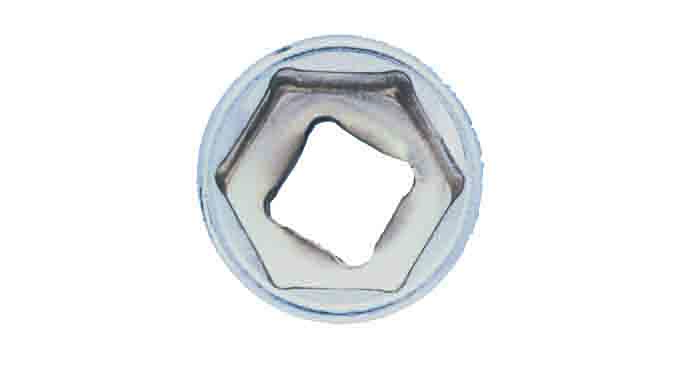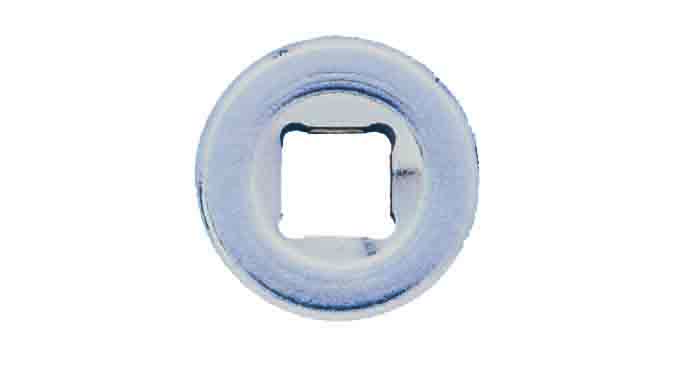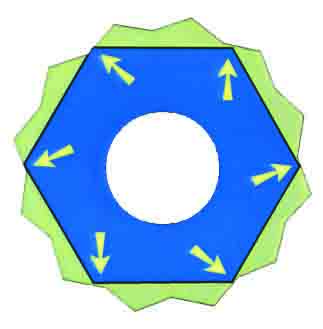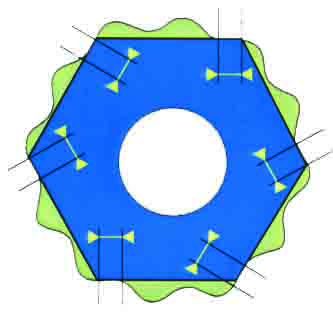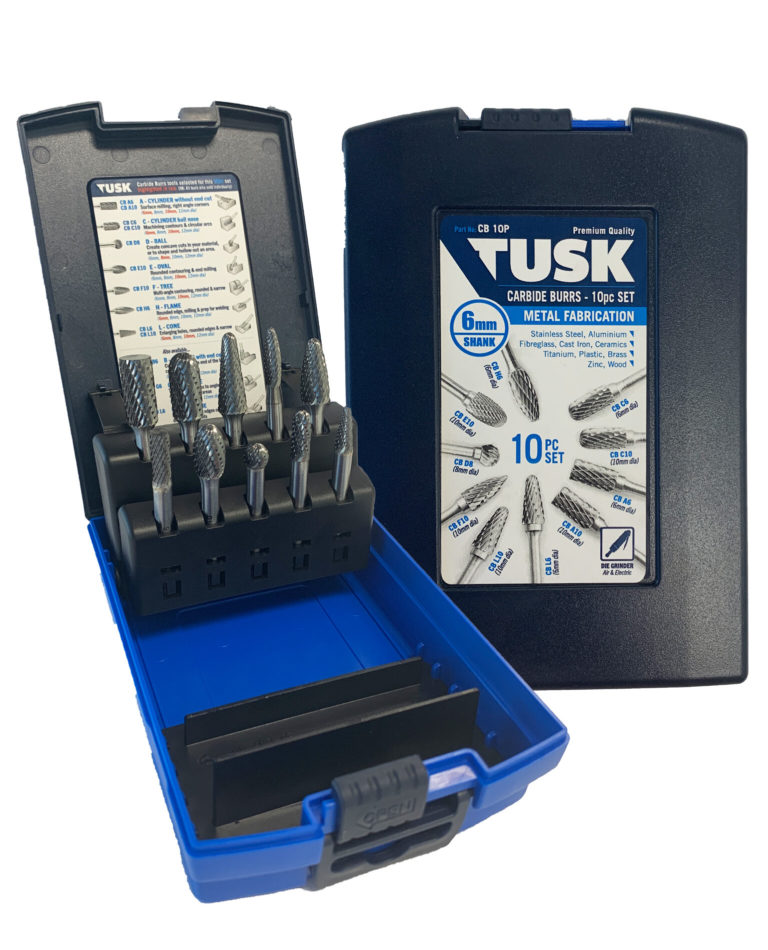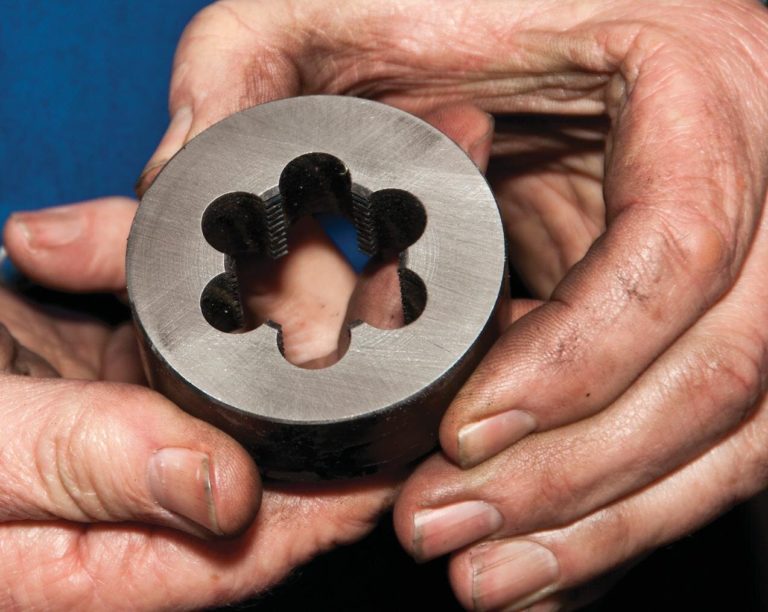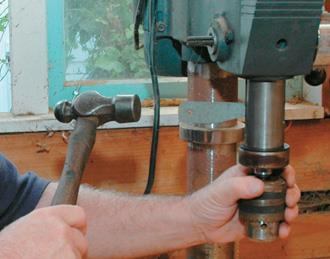Socket sets, spanner systems and sizes explained
By Ritchie Wilson and Jude Woodside
Photographs: Adam Croy
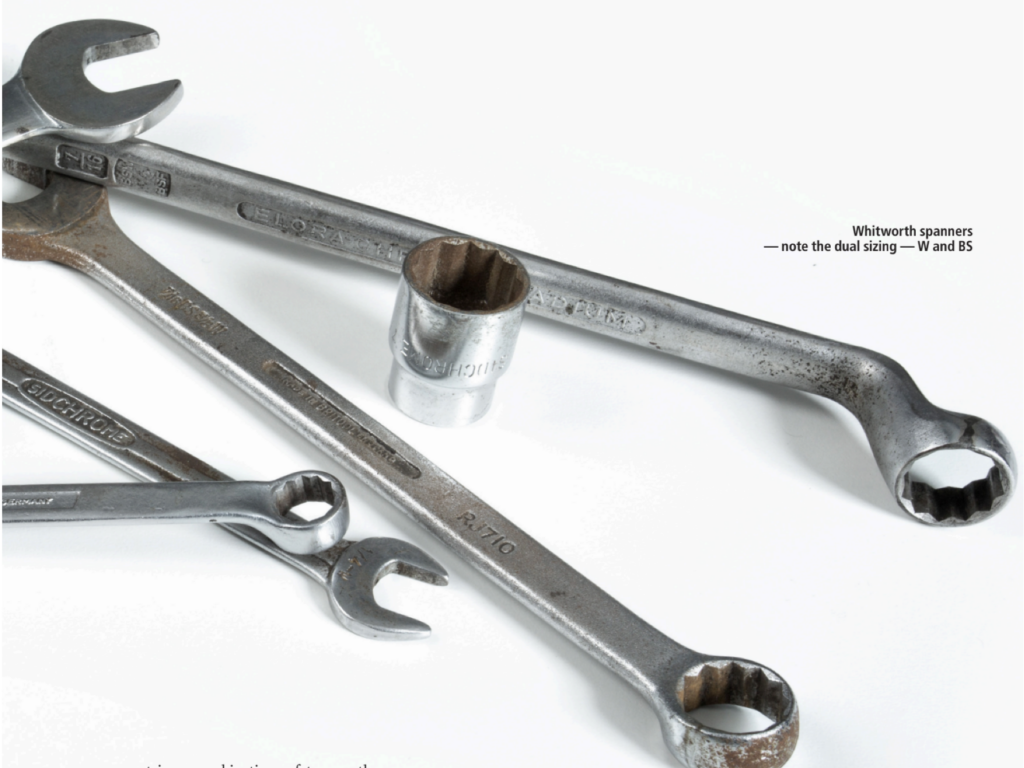
Over the years I have bought three universal sockets from second-hand tool dealers. Only one has a name and the manufacturer stamped on it, the American made “Ultra Socket”, while another is obviously a close copy of the “Gator-Grip” which is advertised on the internet.
The Ultra Socket has three jaws, like a drill-chuck, which are adjusted for different-sized nuts by turning a knurled ring. The other two universal sockets have spring-loaded segments or rods which are depressed by the nut or bolt-head, which is then gripped on the flats by the remaining undepressed elements.
The mechanical ingenuity of the universal sockets is very appealing, and they would be similar in price to the minimum number of cheaper fixed-size sockets needed to work on modern cars. I have come across one person who has used a universal socket successfully on a rusted blade-retaining nut on his motor mower.
I think the real appeal of these mechanical curiosities is that they can grip fasteners for which purpose-made sockets can’t readily be purchased, and the reason for that is that the system of sizing nuts and bolt heads has changed more than once over the past 50 years.
Different standards explained
Whitworth:
Up until 1941 British cars had Whitworth fasteners, then the closely related British Standard. Whitworth bolt heads and nuts were named for the thread diameter to which they were attached and British Standard Fine (BSF) heads were commonly one size smaller. British Standard heads were introduced during WWII as an economy measure. The head sizes of the older Whitworth bolts were reduced by one size so the old ¼ inch Whitworth became the size for the 5/16 BSF. Thus you will come across spanners marked 3/16 W 1/4 BSF – both refer to the diameter of the bolt thread and the actual size across the flats (AF) of the bolt will be 7/16. BSW bolts have a coarser thread suited to soft or crystalline materials like the cast iron into which they often fitted. The BSF threads were finer (higher TPI) providing for stronger fastening and better vibration resistance in high tensile materials.
After 1949 there were Unified Thread Standards (UNF and UNC) which standardised threads across Britain, America, Canada, and finally (after Britain joined the Common Market) metric or combinations of two or three of these. American cars have often used a combination of metric and SAE threads due to parts being assembled offshore in areas where they commonly used metric standards.
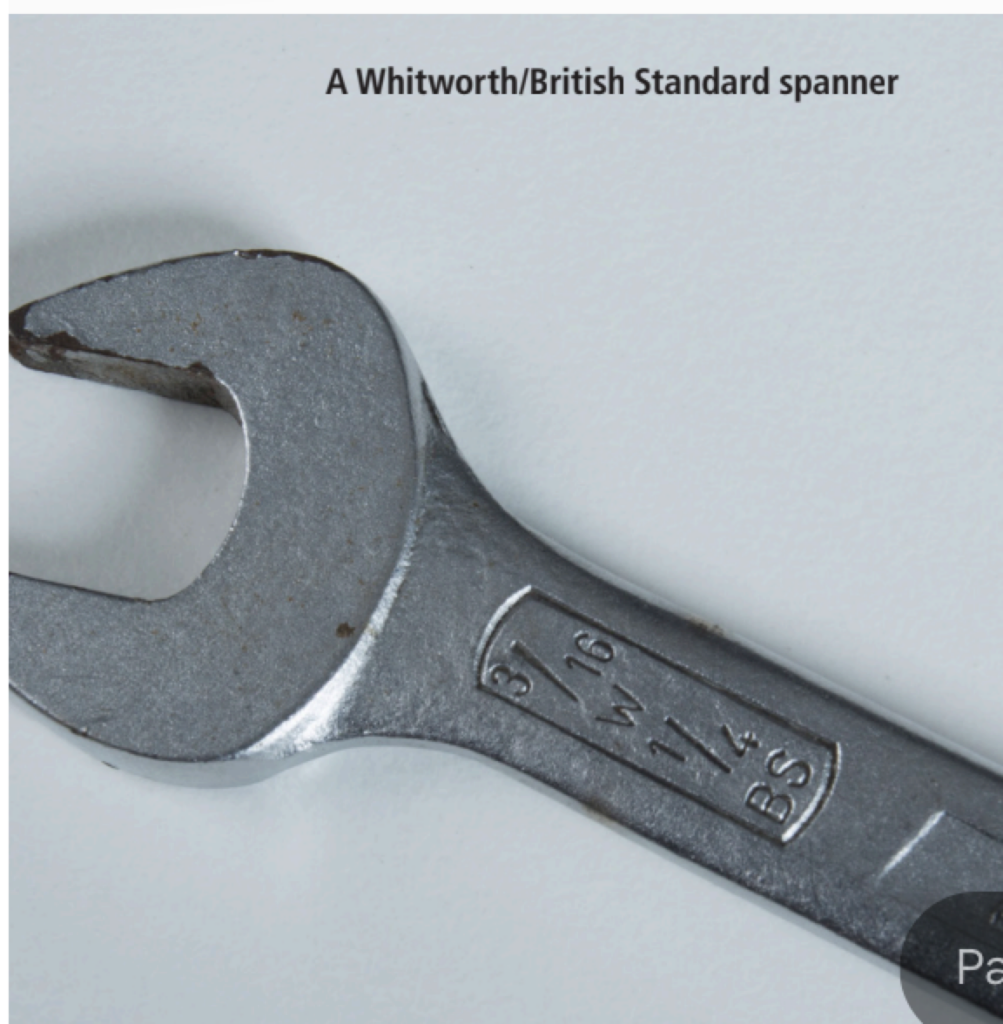
Across the flats – AF:
The metric system has always used the AF specification where the bolt head is measured across the flats rather than referring to the actual thread diameter. This convention was adopted by the Americans with the widespread adoption of the SAE system. It’s often suggested, even by some manufacturers, that AF is a standard. It is not – it’s a method of measurement. The Americans effectively use an imperial system that is measured across the flats however it does distinguish this type of socket from the Whitworth or BSF standard. It is more correct to refer to the American standard as SAE for the Society of Automotive Engineers, for whom the standard was developed, or even AF Imperial.
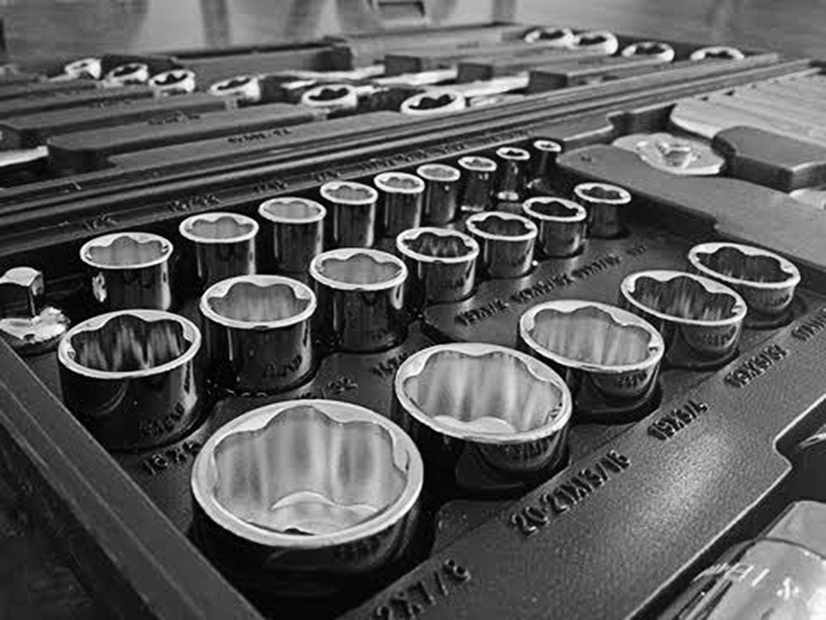
Metrinch:
One result of this chaotic situation was the invention of the Metrinch type of sockets – spanners that grip the flats of a nut or bolt rather than the corners. They rely on a cam design to grip the flanks of the nut rather than exerting pressure on the corners. They are a comparatively loose fit and so a single spanner may be used on several slightly different-sized fasteners.
They are highly regarded by their users because even nuts rounded by previous abuse can be positively gripped and loosened. One user told me that he was only very rarely unable to undo a fastener with his Metrinch sockets. These are available on the internet, but because they have fallen out of fashion, are not currently for sale in my town. A similar technology called Flank Drive was patented by Snap-on in the 1960s. It applied to sockets but a version was later developed called Flank Drive Plus that added this to open-ended spanners. Since the patents have expired this design is appearing on a number of spanner and socket sets. Like the Metrinch system it’s designed to grip the flanks of the nut rather than the corners.
I have American and British cars from the 1930s and French and Japanese ones from the end of last century, so I have an Australian socket set containing Whitworth (marked BSW), AF and metric sockets. Even second-hand the set cost a lot more than a Gator-Grip, so a robust universal socket might be worthwhile as an alternative for light work on older British machinery.
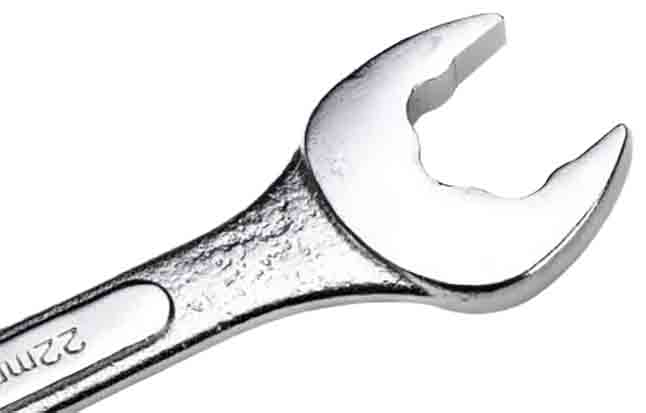
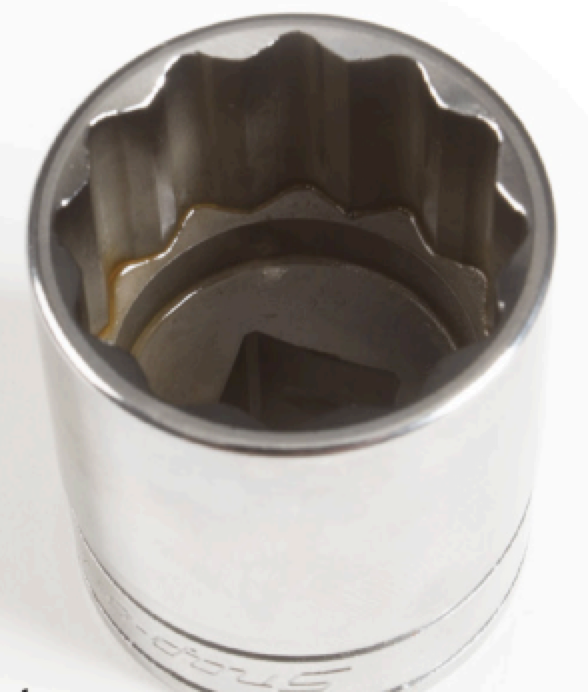
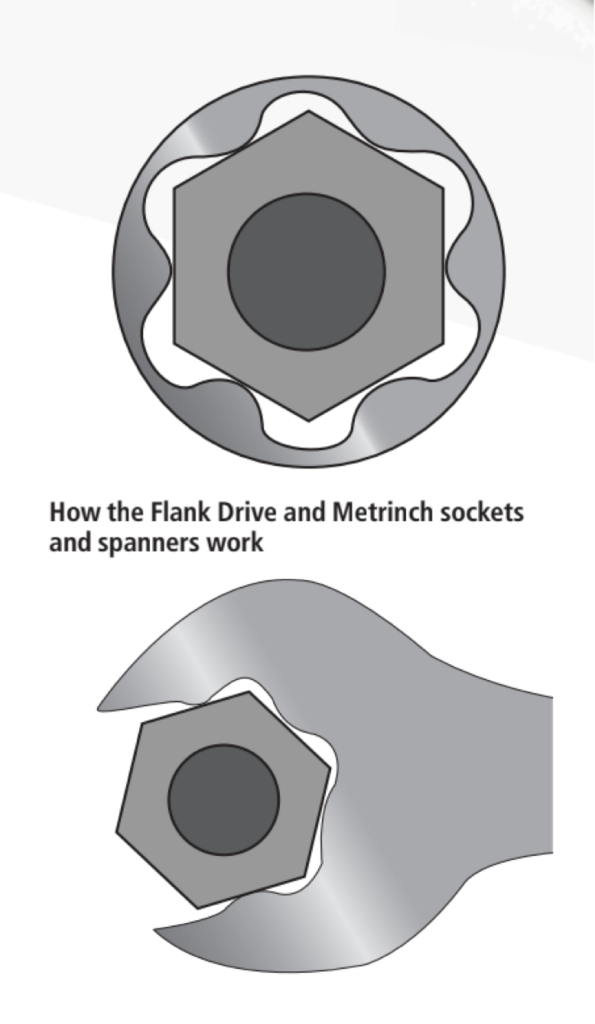
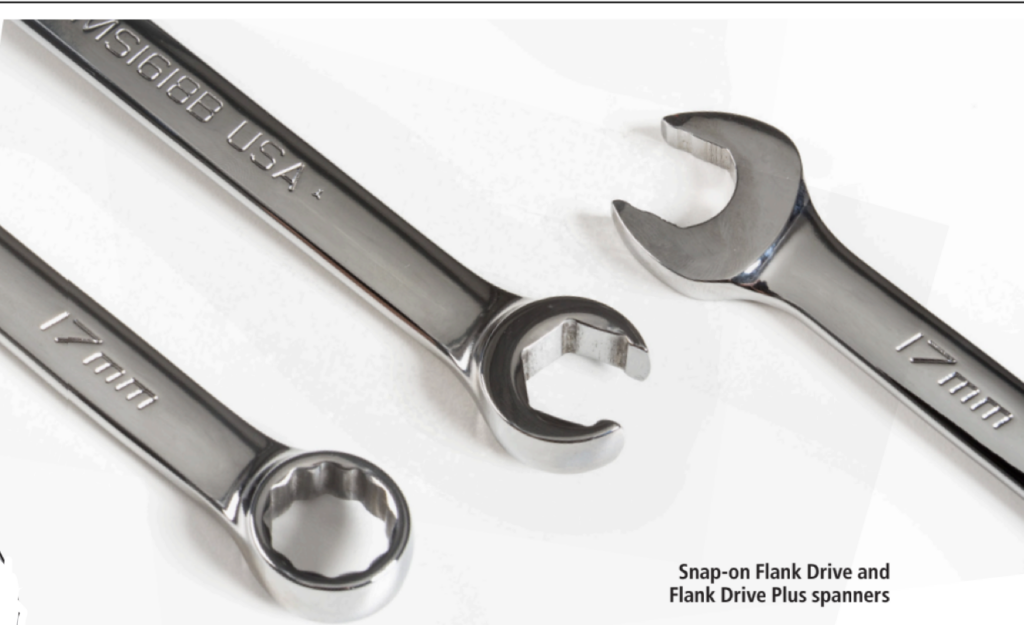
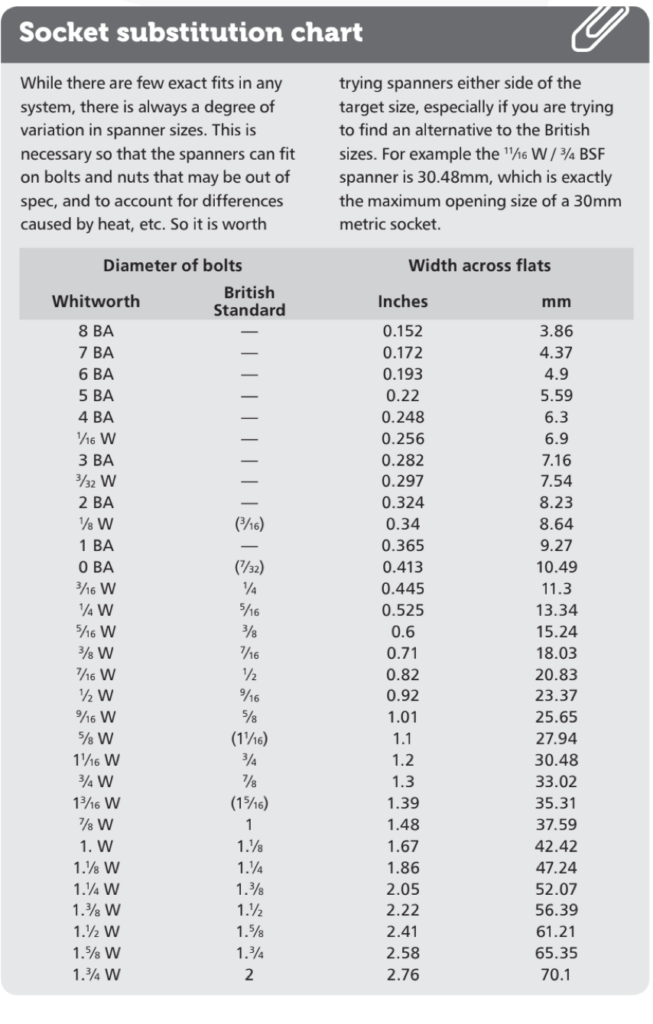
Interchangeability
While using an ill-fitting socket or spanner is inevitably ineffective, damaging, and possibly dangerous, there are some sockets that can be used in more than one fastening system. A small number of socket sizes from some manufacturers have both metric and imperial sizes actually marked on them, the size differences being relatively small – 10mm is very close to ⅜ inch AF, while 19mm is almost identical to ¾ inch AF. Some imperial AF sizes such as 11/32 inch and 25/32 inch are thought to be direct replacements for BSW sizes.
If the difference between sockets is small they may be interchangeable. It is possible for some SAE spanners and sockets to be used on metric fasteners and some metric and SAE spanners and sockets on Whitworth ones, presuming there is an approximate fit (see table for the relative sizes of various bolt heads).
I remember once noticing a Citröen mechanic using a ½ inch imperial AF spanner on a 12mm nut and asking him why. His reply was: “Because it works”, although the difference between the ½ inch AF at 12.7mm and the 12mm is a considerable 0.7mm. I suspect that, because the AF spanner was short, it made working in the extremely restricted space under the hood of an old Citröen a little easier.
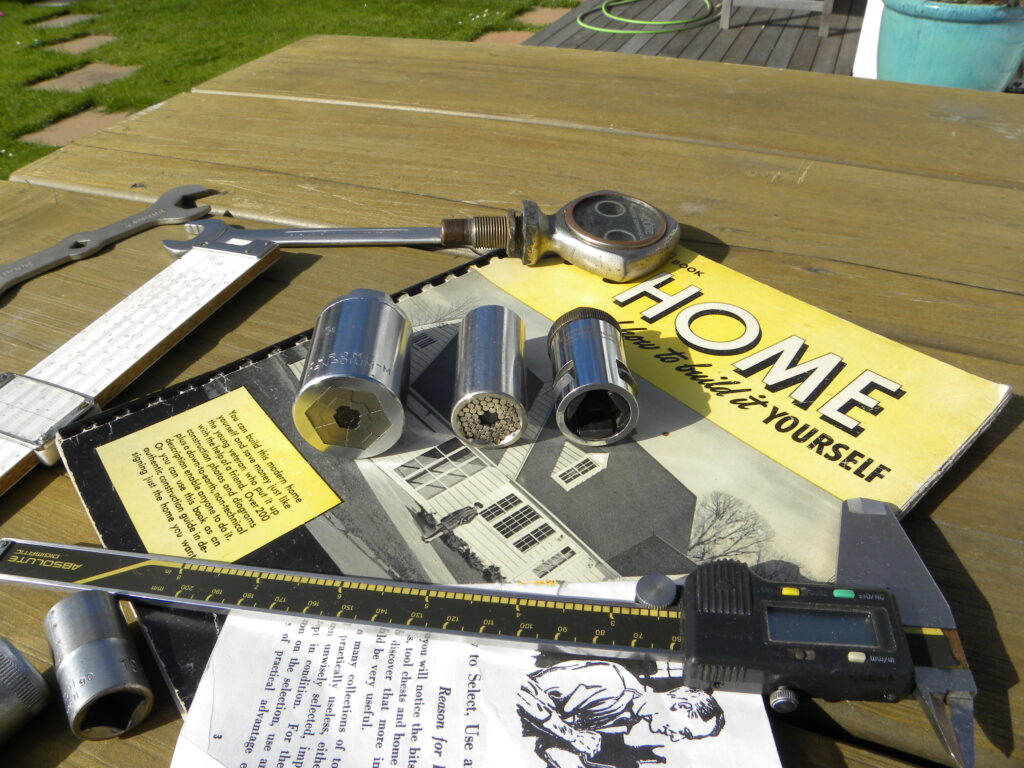
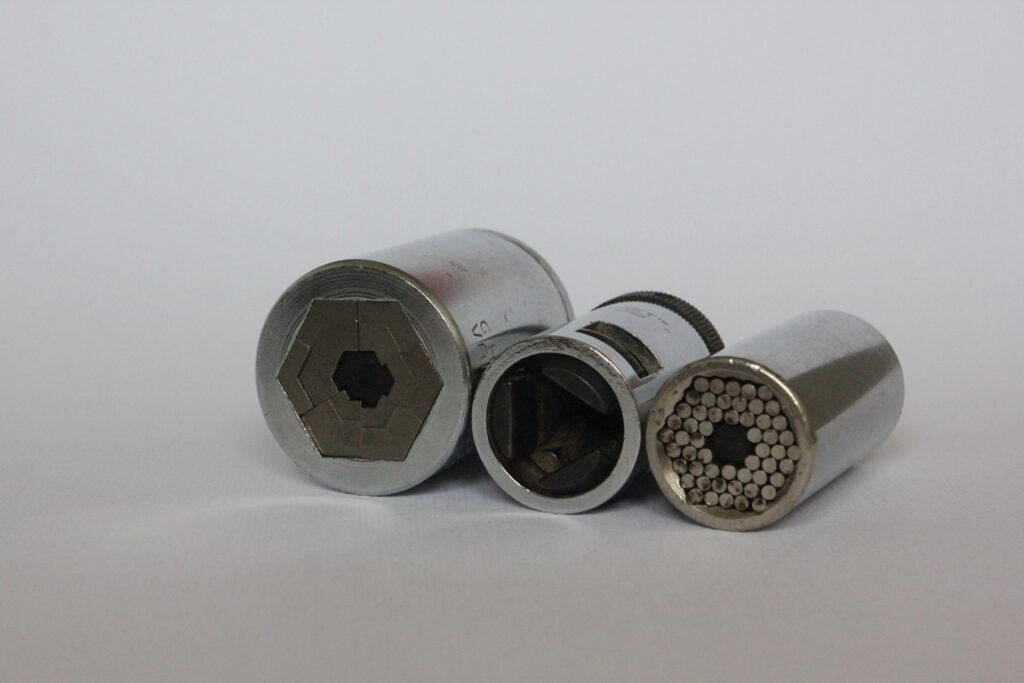
Bolt-head size systems
The size of the head of a bolt (and hence of nuts) is related to the diameter of the bolt’s thread, but not in a truly logical way. I was taught that there is a mathematical relationship between the head sizes of Whitworth bolts and their thread size, but it now appears that the size of hexagonal bar-stock then available to make the bolts from determined the head size. As steels improved from Victorian times it turned out that the Whitworth head size was over-large and so it was reduced to give British Standard with a consequent saving of scarce metal during World War II.
A similar situation seems to be playing out in the present day with very small metric machine screws. Model makers complain that the heads of these tiny fasteners are relatively too large and look out of place on their models when compared to the older (also tiny) BA types which have relatively smaller heads.
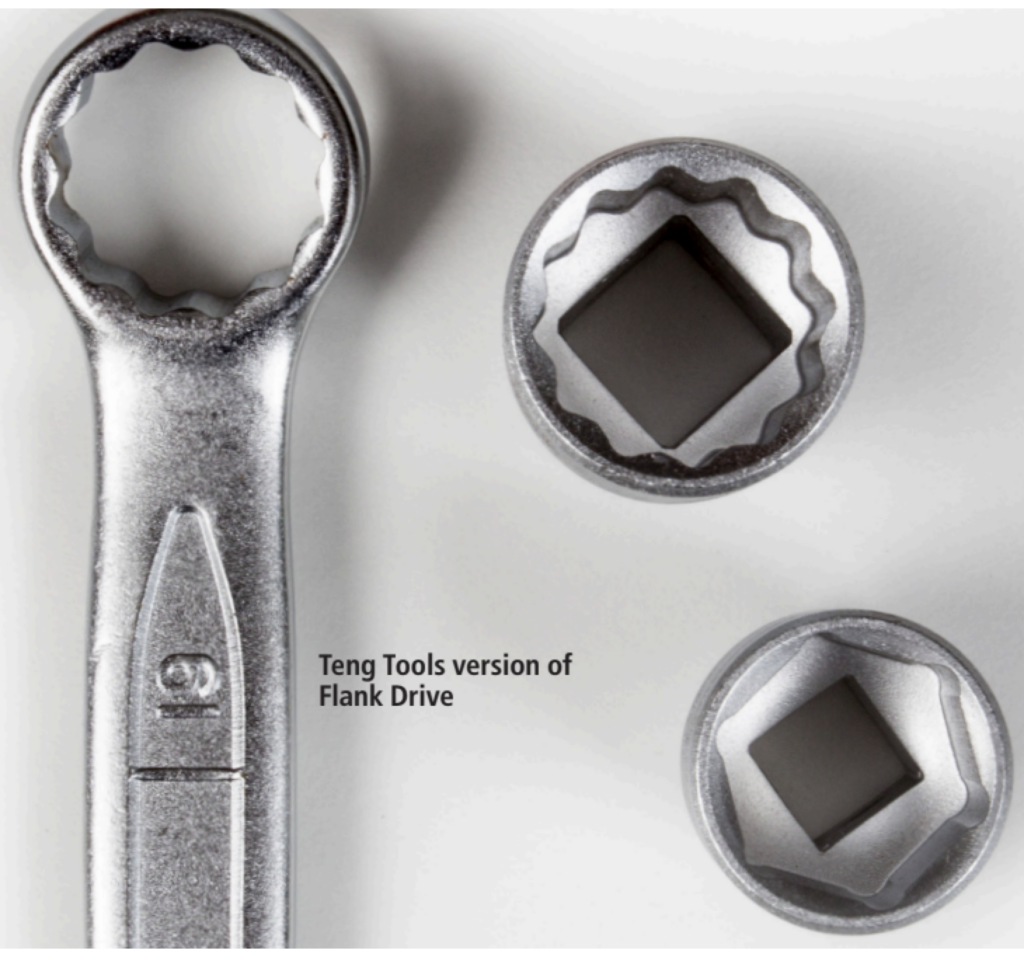
A glossary of terms for screw and bolt system names:
Whitworth (W or BSW)
Named after the British engineer Sir Joseph Whitworth who developed the system in 1841, after which it was very widely adopted world-wide. Head size is roughly 1.5 times the fastener’s thread diameter.
British Standard Fine (BSF)
Instituted in 1940 as a war-time economy measure; it is Whitworth sizes with heads reduced by one size.
British Association (BA)
A system standardised in 1903 by the venerable scientific society The British Association. It was for small fasteners, the largest being 0; the smaller the fastener the larger the number (like SWG). Head size is strictly 1.75 times the thread diameter. So BA has a 6mm thread diameter and a 6 x 1.75 = 10.5mm head measurement. BA fasteners used to be very widely used in electrical equipment.
AF Imperial (SAE)
An American system measuring across the flats (AF) of the fastener head in inches. In Britain this was generally introduced about 1950. Head size increases with the thread diameter in a variable fashion.
Metric (M)
Measured across the flats of the fastener head in millimetres. A European system adopted in Britain, New Zealand, and Australia as part of the metrification starting in the 1960s. Head size increases with the thread diameter in a variable fashion. The size of sockets most often used on European vehicles is 8, 10, 11, 13, 17, 19 and 22mm. Most people buy sockets in sets as this is more economical than buying the necessary components separately.
Wurth Powerdrive system
